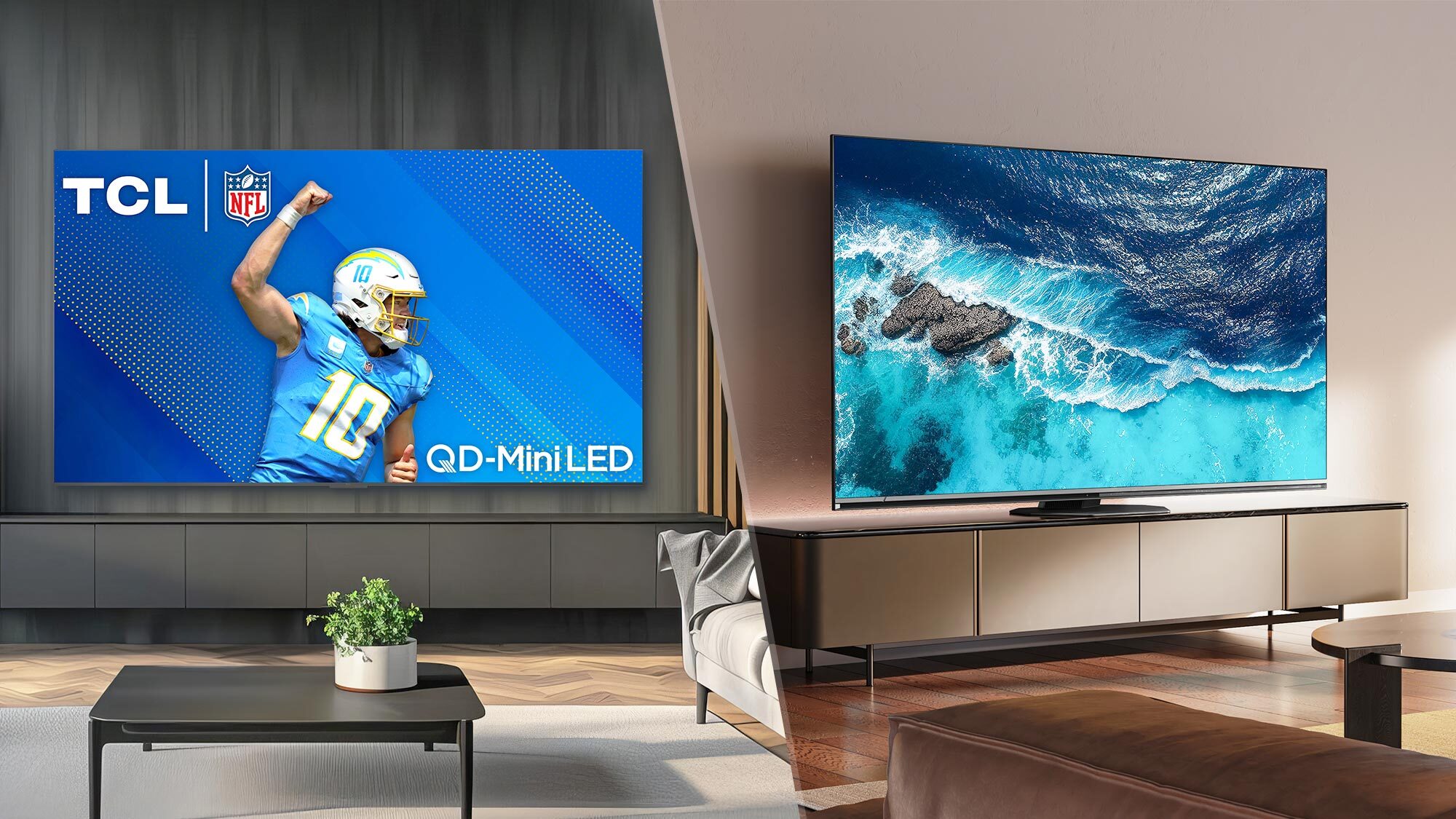
The 2024 TV race is off to a hot start with both TCL and Hisense throwing some major contention in the ring against competitors in LG and Samsung. Both manufacturers are touting the potential of ever-upgraded Mini-LED panels in tandem with the benefits of improved AI processing.
One of the major contenders at the forefront of this race is the TCL QM8 Mini-LED TV (2024), which sits at the top of the TCL 2024 TV lineup. While it might not be quite as powerful (or as large) as the QM89 Mini-LED TV, the QM8 is an enticing new QLED built on a whole new foundation that TCL is coining QD-Mini-LEDs.
Then, there's the Hisense U8N Mini-LED TV that sits just under its U9N counterpart within the Hisense 2024 TV lineup. Utilizing the Hi-View Engine Pro as its main AI processor, the U8N is a stunning offering that starts at the incredibly low $1,099 for its 55-inch model — making it potentially one of the best 55-inch TVs in this year's value market.
Both TVs are seemingly neck and neck in quality. They use Full Array Local Dimming and Mini-LEDs on an LCD panel for superior image quality. As with most manufacturers, TCL and Hisense are also touting the high-flying potentials of their AI chips, which will gift their respective displays serious firepower in everything from upscaling to motion processing.
Which Mini-LED TV is superior? We've put them to the test, looking at everything from pricing to specs and performance to give a full breakdown on what consumers can expect out both models. Let's find out which Mini-LED TV is not only the better option to go with but the more financially viable premium display of the year.
TCL QM8 (2024) vs Hisense U8N: Specs compared
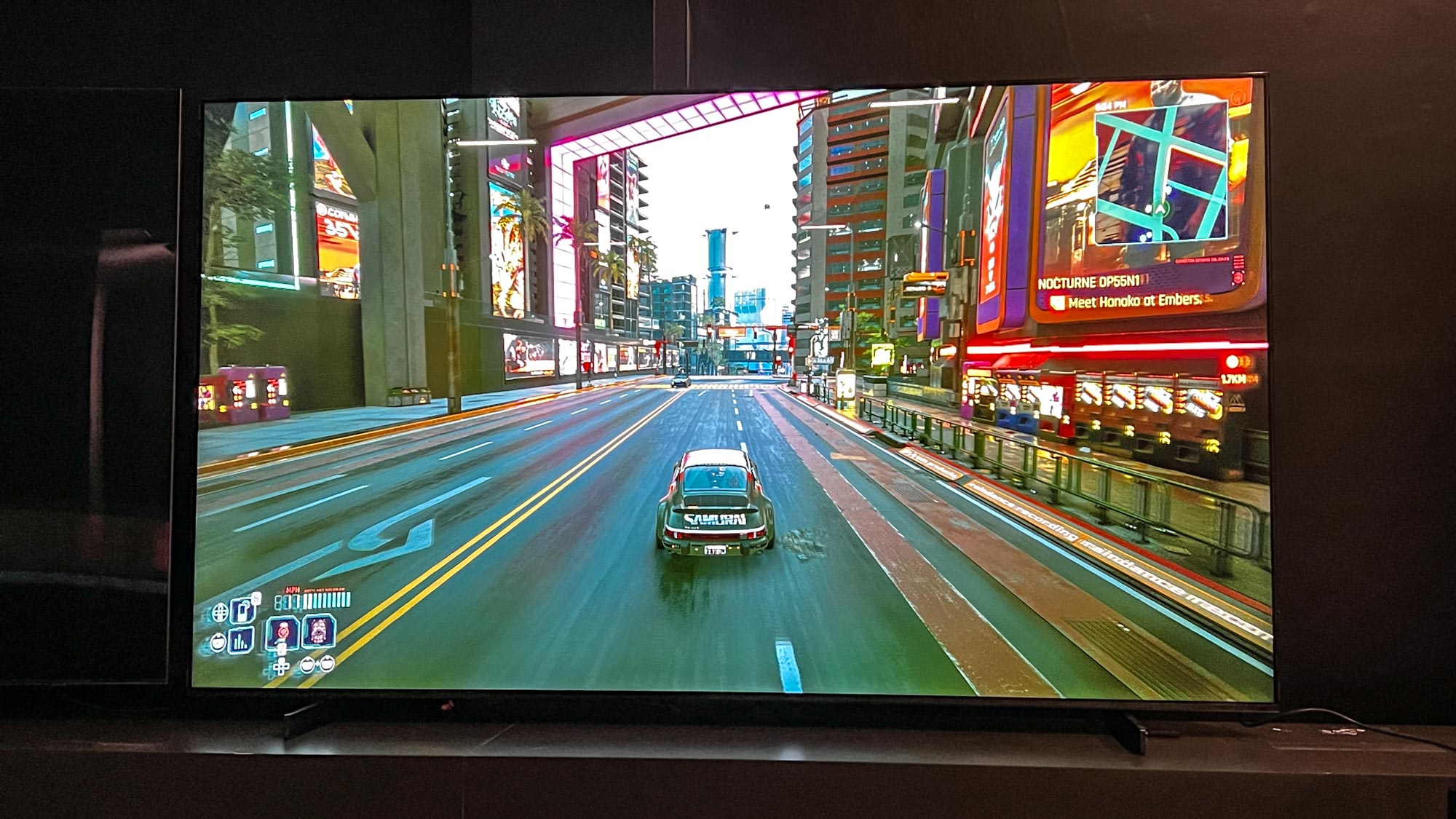
| TCL QM8 | Hisense U8N | |
|---|---|---|
| Sizes | 65", 75", 85", 98" | 55", 65", 75", 85" |
| Ports | 4 HDMI 2.1 | 4 (2 HDMI 2.1) |
| Resolution | 3,840 x 2,160p | 3,840 x 2,160p |
| HDR | HDR10+, HLG, Dolby Vision | HDR10+, HLG, Dolby Vision |
| Smart TV software | Google TV | Google TV |
| ATSC 3.0 support? | Yes | Yes |
| Processor | AIPQ Pro | Hi-View Engine Pro |
| Price for a 65-inch screen | $1,499 | $1,499 |
TCL QM8 (2024) vs Hisense U8N: Design
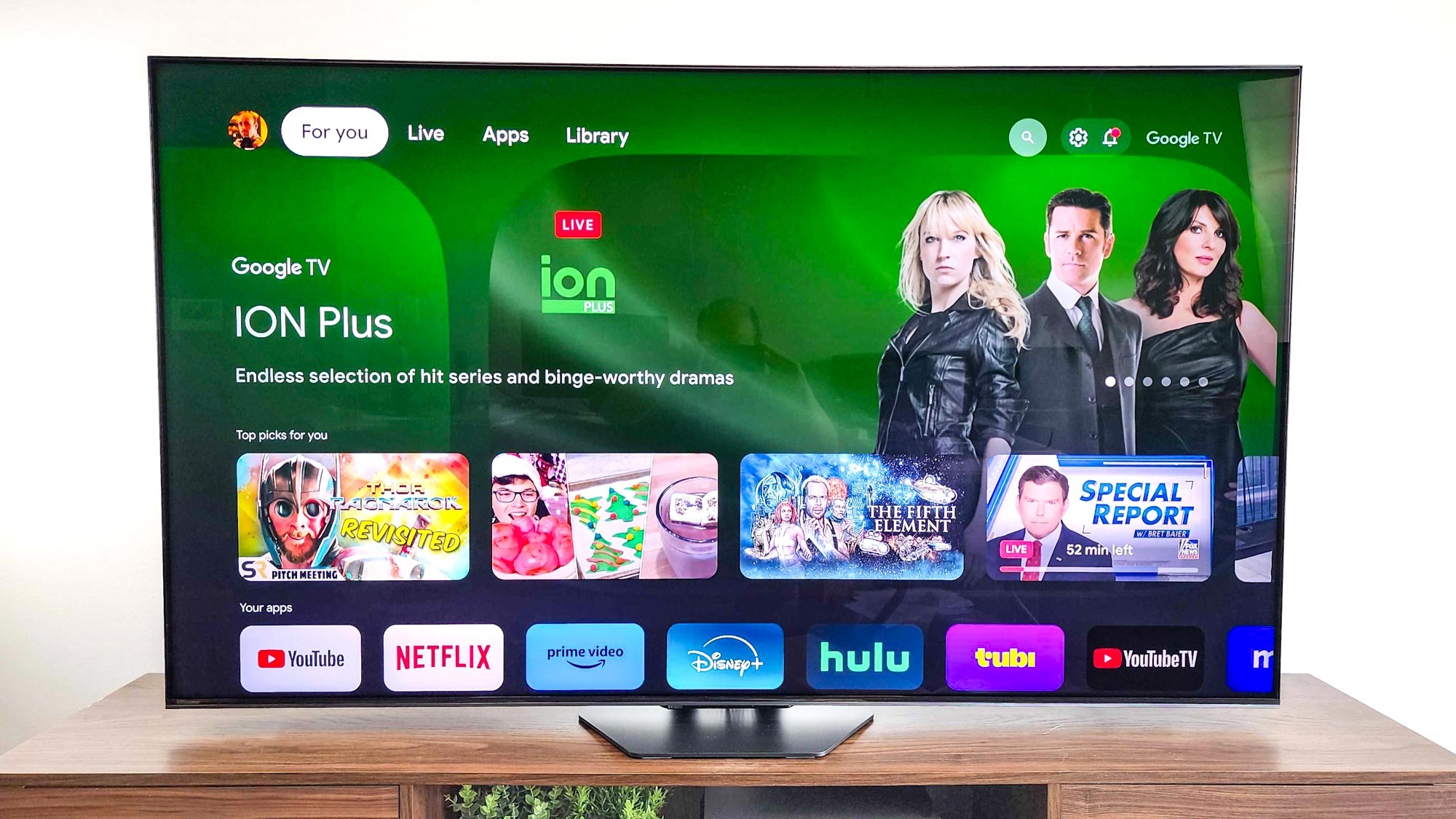
The Hisense U8N and TCL QM8 almost look identical if not for some underlying components that set them apart. Both run on Google TV and operate on a 4K resolution, sporting Mini-LEDs via full array backlighting. The U8N leverages up to 2,000 local dimming zones, while its TCL counterpart uses over 5,000. They both also have slim bezels and sit at the top of their respective lineups.
The major aspect that differentiates the two are their underlying chips. The Hisense U8N is built on the Hi-View Engine Pro, whereas the TCL QM8 uses the sparkly new AIPQ Pro processor. Both come with their own enticing advantages, which we'll get to in the performance section below.
Beyond that, these two premium offerings share almost identical specs on the design front. Both have access to NextGen TV with ATSC 3.0 tuners, and support the range of HDR formats, including HDR10+, HLG, and Dolby Vision.
Additionally, both TVs have a refresh rate of 144Hz with additional gaming chops like ALLM and VRR. The Hisense U8N is kitted with WiFi 6e vs WiFi 6 on the TCL QM8. The Hisense U8N is also an easy contender among the best gaming TVs due to its support of both AMD FreeSync and G-Sync., while the TCL QM8, on the other hand, only has access to AMD FreeSync Premium Pro.
Though a slight bummer, the QM8 makes up for this with its Game Accelerator mode, which allows you to play games at 240 VRR at 1080p for lightning fast gameplay.
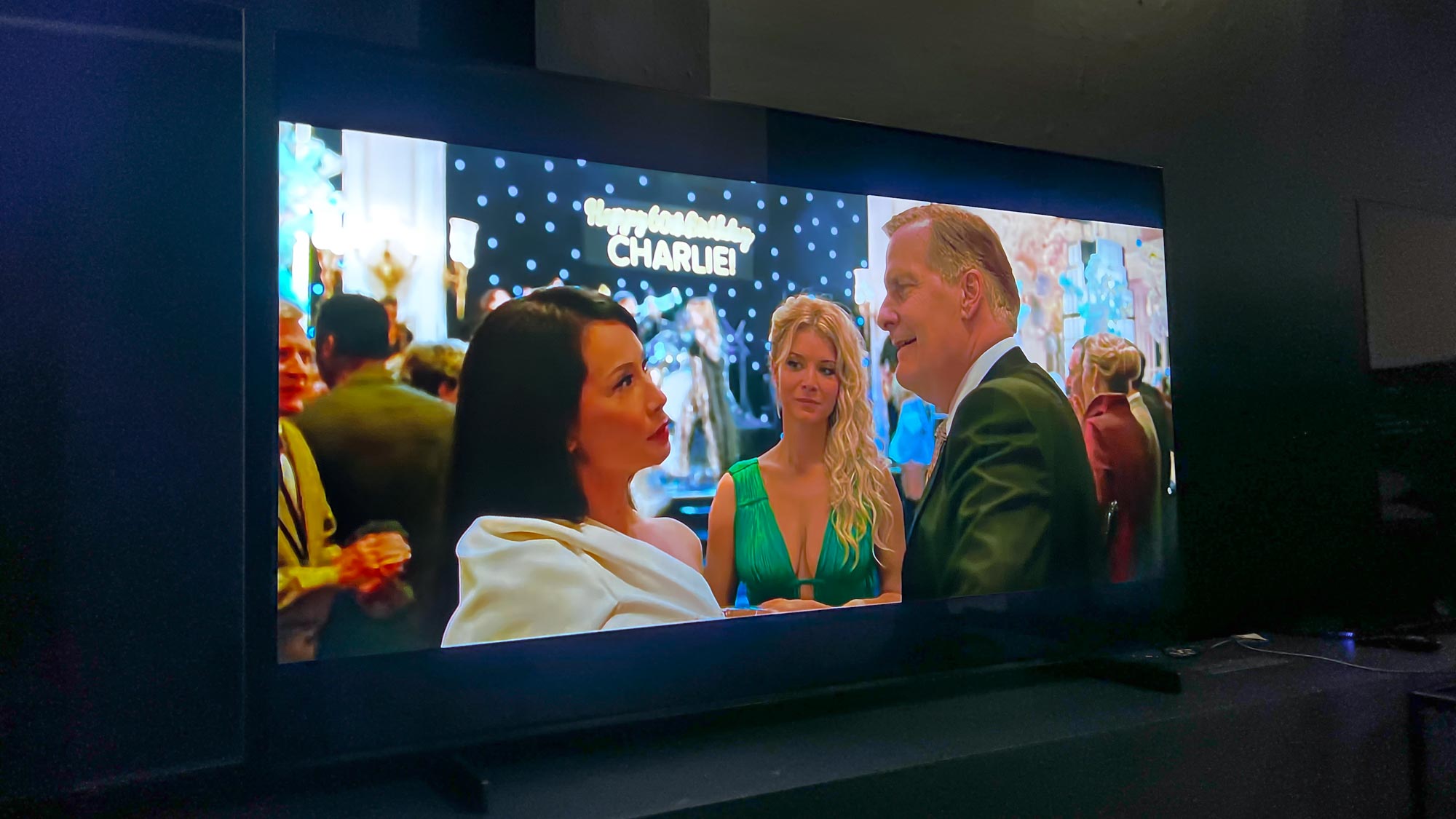
Even their speakers match up on a 2.1.2 system configuration. TCL's QM8, however, does have an up-firing audio setup that's designed in partnership with Onkyo, makers of some of the best AV receivers. As with most smart TVs in the space, both Mini-LED displays also come equipped with Dolby Atmos support, which means you won't need one of the best soundbars to get clear audio.
As you can see, barring a few minor differences, the QM8 and U8N are practically the same exact TV. At 65-inch, the Hisense U8N does come in at $500 less than its competition, which may well make it the more ideal choice for most buyers.
TCL QM8 (2024) vs Hisense U8N: Performance
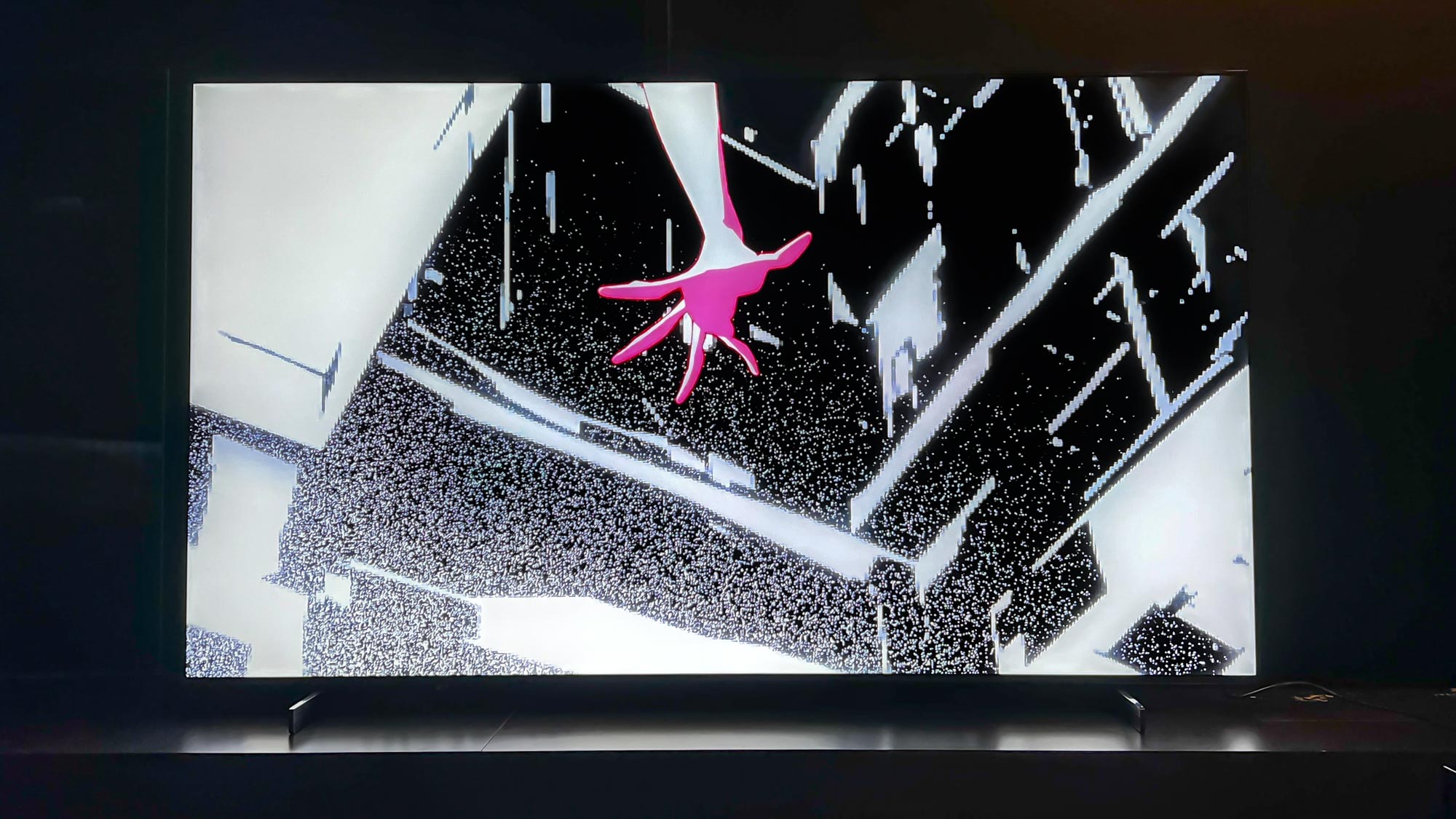
To put both TVs through their paces, we used an X-Rite i1 Pro spectrophotometer, a SpectraCal VideoForge Pro pattern generator, and Portrait Displays’ Calman TV-calibration software to take measurements on their brightness, color accuracy, color saturation, and latency.
That being said, our test data might skew a little favorably towards the QM8, as TCL insisted that we only test the TV in its Vibrant Mode at a recent hands-on event.
We plan on re-testing the TVs when we get them in for full reviews, and can always update this page when those numbers are more accurate. Surprisingly, though, much akin to their similarities in underlying specs, the U8N and QM8 prove to be quite identical in their leveraging of those components.
| TCL QM8 | Hisense U8N | |
|---|---|---|
| SDR Brightness (10%, in nits) | 3220.98 | 3469.01 |
| Delta-E (lower is better) | 12.534 | 9.93 |
| Rec. 709 Gamut Coverage | 99.9655% | 99.8619% |
| HDR Brightness (10%, in nits) | 5085.32 | 3128.71 |
| UHDA-P3 Gamut Coverage | 97.4% | 96.66% |
| Rec. 2020 Gamut Coverage | 73.86% | 82.04% |
| Input Lag (ms) | 112.6ms (in Vibrant Mode) | 13.1ms |
That being said, the TCL QM8 clearly takes the top-spot in the brightness arena. At 5,085 nits in HDR content, the QM8 takes on glare with exceptional luminance. The Hisense U8N, on the other hand, hits all but a mere 3,130 nits — which, up until the TCL QM8 came along, made it one of the brightest TVs we've ever tested.
Though clearly skewed by the TV being in Vivid mode, the QM8 sports an input latency of 112.6ms in vibrant mode against the Hisense U8N's 13.1 in game mode. The latter is quite good for most gaming necessities, but under 10ms is the sweet spot — especially for those looking to take advantage of that 144Hz native refresh rate and rip using one of the best gaming PCs.
Obviously, the input latency on the QM8 is a bit skewed given that we couldn't test in its gaming mode. That being said, it should mirror the U8N in some capacity — if not beat it in this area, but we will have to wait until we get our hands on it for full testing.
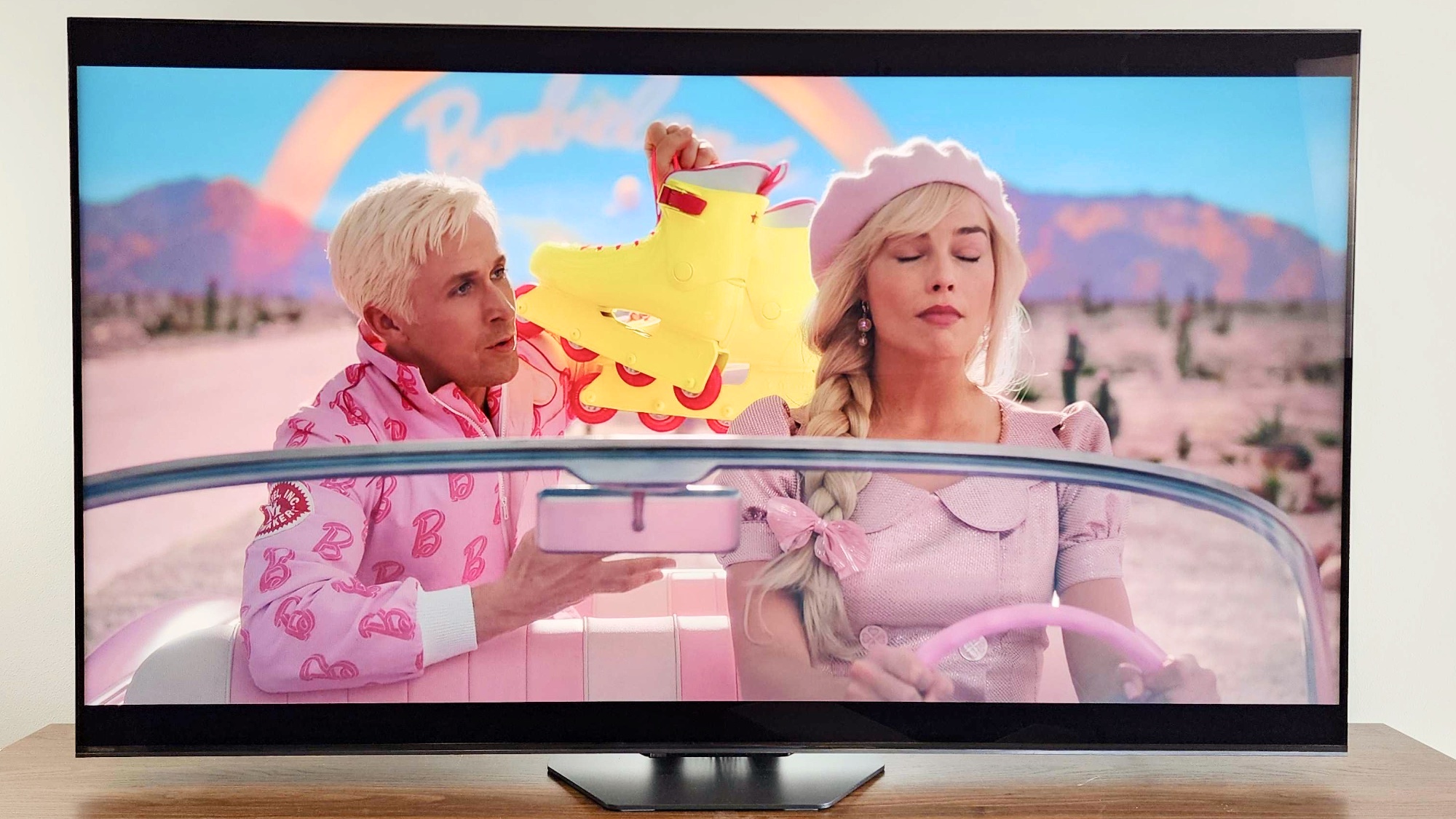
As for color, both TVs are anything but slouches. The QM8 hits a Rec709 color gamut range of 99.9655%, where the U8N covers 99.8619%. Thus, animated content and colorful escapes will look gorgeous on either display, but the top dog might be the latter.
The Hisense U8N wields an HDR color gamut on the BT.2020 scale of 82.04 against the QM8's lower 73.86 percent. While slightly negligible, this still shows how the Hisense Mini-LED TV handles color in HDR a bit better than its competition.
As I said previously, with limited data to go on for the QM8 beyond its vibrant mode, pitting the two together solely on the numbers is a bit of a difficult task. Still, while somewhat skewed at the time of writing, the Hisense U8N ekes out the win due to its handling of HDR content and improved gaming features.
TCL QM8 (2024) vs Hisense U8N: Outlook
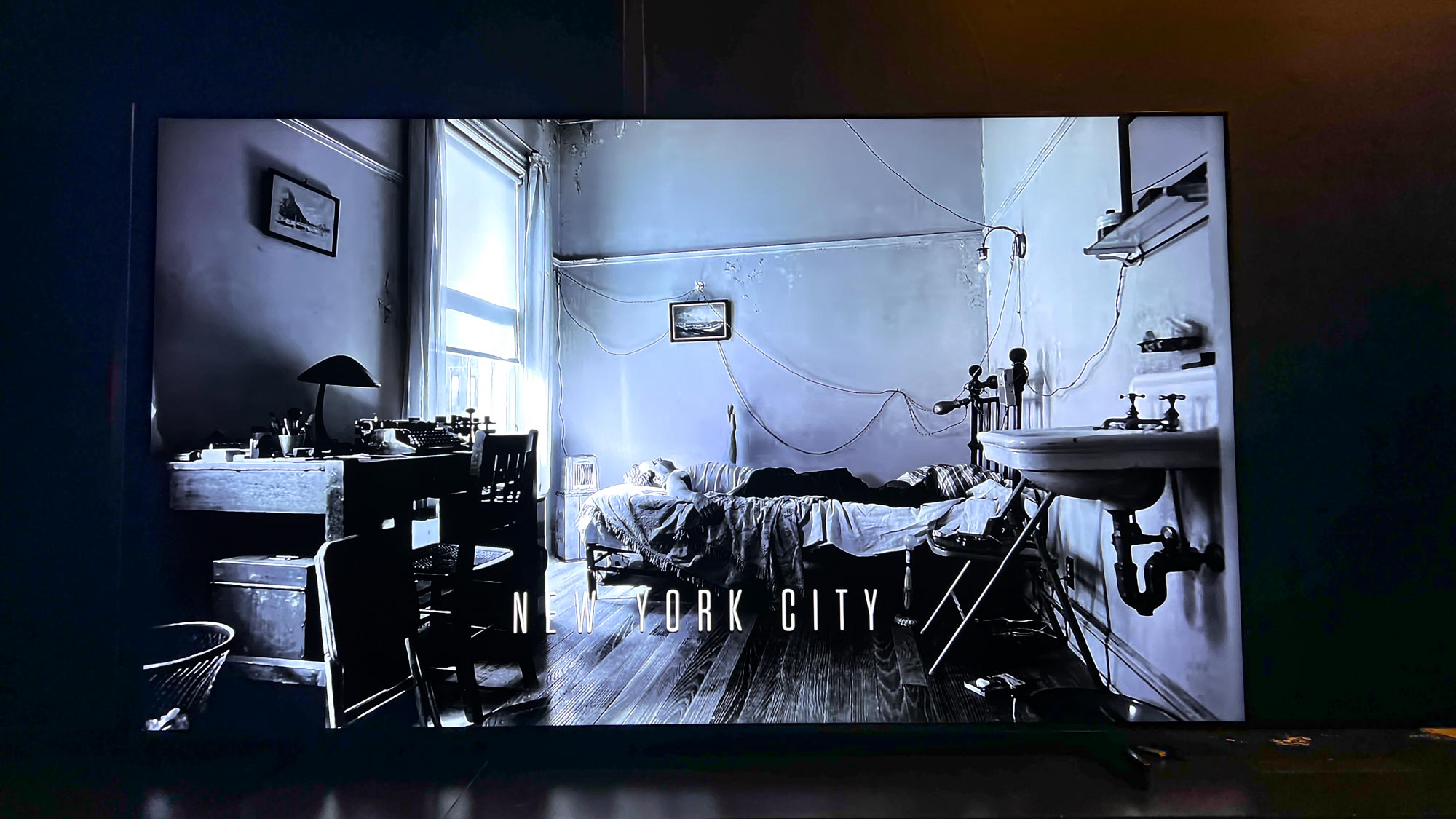
The TCL QM8 and Hisense U8N offer jaw-dropping Mini-LED performance at relatively unbeatable prices. While they might not rest among the best TVs under $1,000, they compete comfortably against premium TVs from Samsung and LG.
Of the two, the clear winner must be the Hisense U8N Mini-LED TV (at least until we can go back and test the QM8 in other picture modes). Although the QM8 might be home to incredibly high brightness, the U8N still comes out victorious thanks to being one of the best HDMI 2.1 TVs through Hisense's powerful gamer-centric additions, lower input latency, and better color accuracy.
What makes the Hisense U8N stand out even more is its expert price. The QM8 holds a street price of around $1,500 for its 65-inch TV, whereas the U8N slashes that by nearly $400 for the same size and nets you several of the same specs, like a 144Hz refresh rate in tandem with both G-Sync and FreeSync support.
Full reviews for both TVs will be hitting the site in the coming weeks. Until they arrive, though, be sure to keep an eye on our list of the best TVs to see which screen currently holds the top spot on our entertainment centers.
More from Tom's Guide
Sign up to get the BEST of Tom's Guide direct to your inbox.
Get instant access to breaking news, the hottest reviews, great deals and helpful tips.

Ryan Epps is a Staff Writer under the TV/AV section at Tom's Guide focusing on TVs and projectors. When not researching PHOLEDs and writing about the next major innovation in the projector space, he's consuming random anime from the 90's, playing Dark Souls 3 again, or reading yet another Haruki Murakami novel.
